CEPEX held a seminar in Torrance, CA. To view a short video introduction see: The Center for Professional Exchange (Short Introduction)
To view the full video, see: The Center for Professional Exchange (Full version)






CEPEX held a seminar in Torrance, CA. To view a short video introduction see: The Center for Professional Exchange (Short Introduction)
To view the full video, see: The Center for Professional Exchange (Full version)






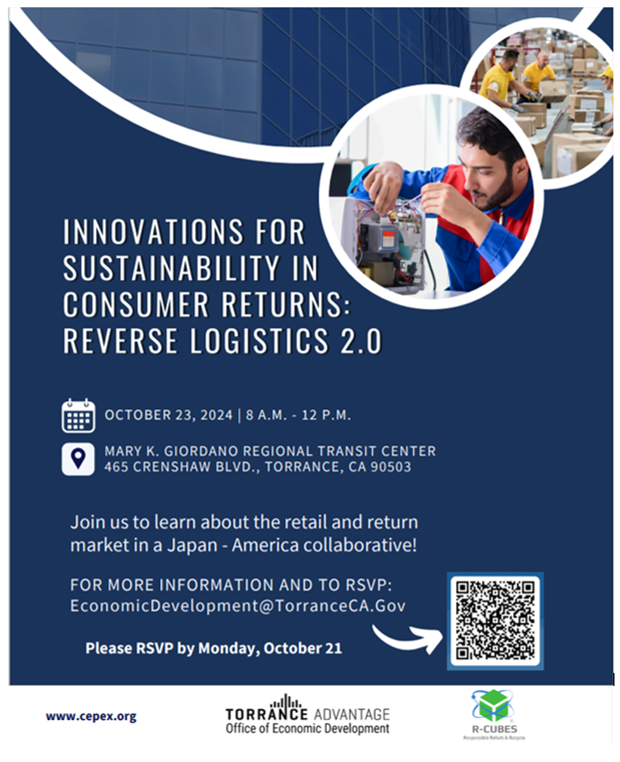
Join us to learn about the retail and return market in a Japan – America collaborative!
CEPEX continues to promote its new vocational training project with a second seminar held at the University of Arkansas in Fayetteville from 12-2 pm on June 21, 2024. The initiative was supported by the Consulate General of Japan in Nashville and the North American Division of Japanese Ministry of Foreign Affairs.
The Center for Professional Exchange (CEPEX), a 501c3 nonprofit, organized the event, “US-Japan Collaborative Vocational Training Program for All Return Issues” with support from the Arkansas State government, Arkansas Economic Development Commission (AEDC), Northwest Technical Institute (NWTI) and business communities in Japan and the US. The event’s target audience included state government, vocational training schools, Japanese companies located in the US, US retail and logistics companies, research institutes, university faculty, staff and students. The event was held in hybrid format with 25 people attending in person, 35 participating remotely, and 350 people viewed the event online.
During the event, participants discussed a common agenda for solving the growing issue of return processing in the US retail market and creation of an international public good. A key factor will be the development of the next generation of workforce in cooperation with state governments, vocational training schools, and economic organizations. The event provided an opportunity to discuss the potential to create a new framework for Japan-US collaboration with public, private and academic stakeholders.
To see the video summaries and full report online:
https://www.youtube.com/watch?v=Nzd1TcyNd0M
Japan-America Joint Vocational Training Program for all Returns Market (youtube.com)
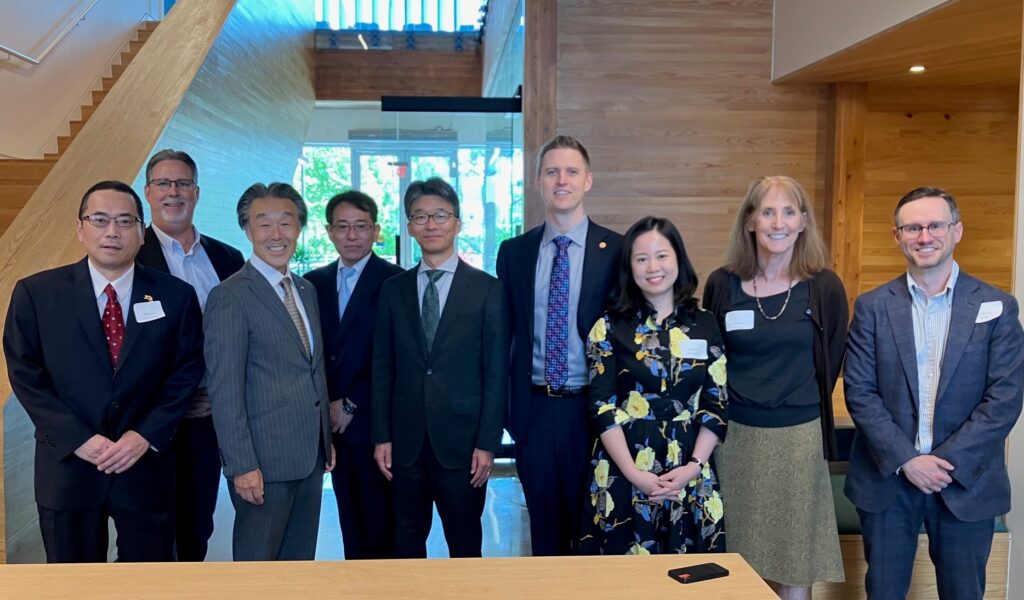
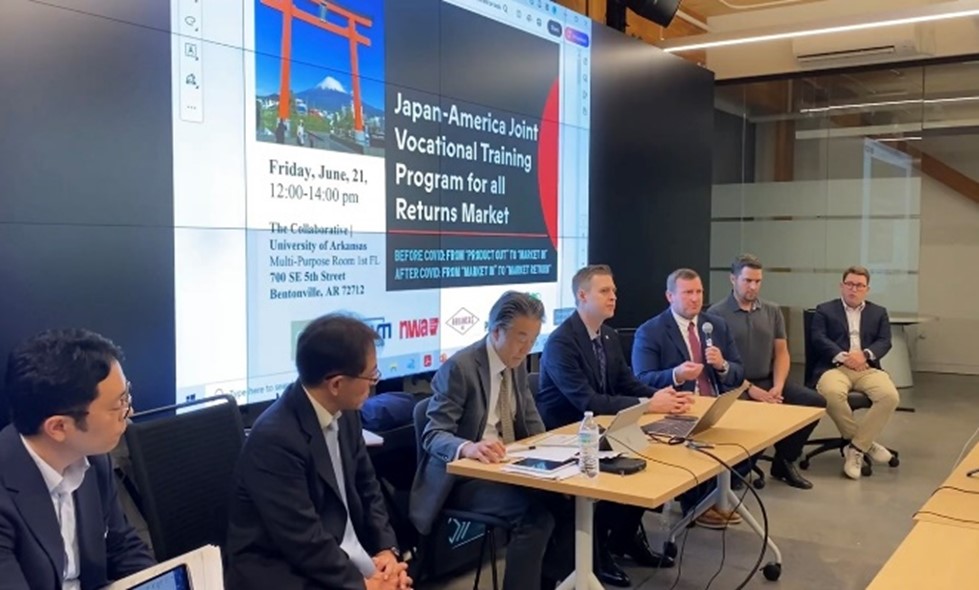
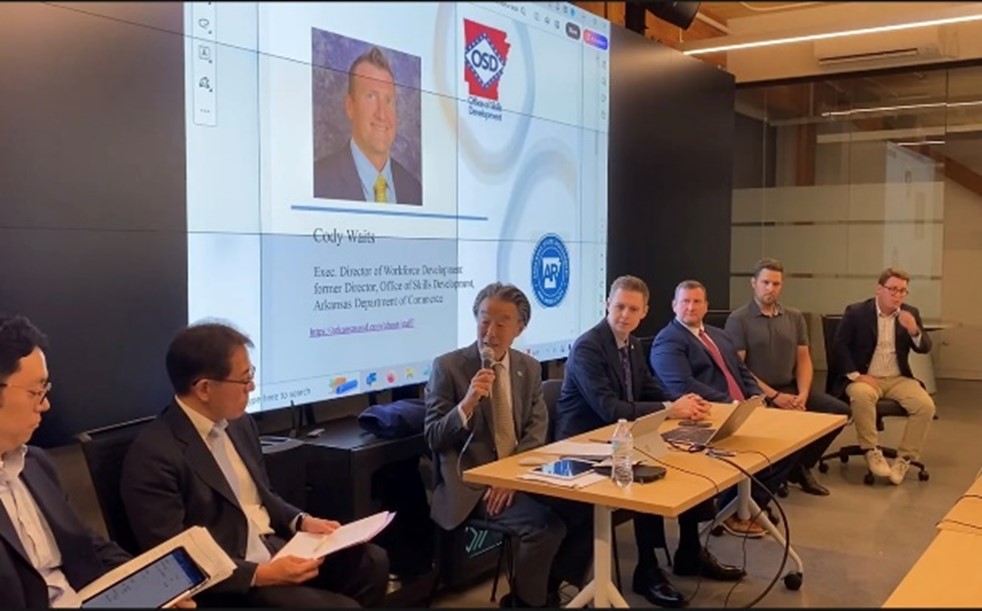
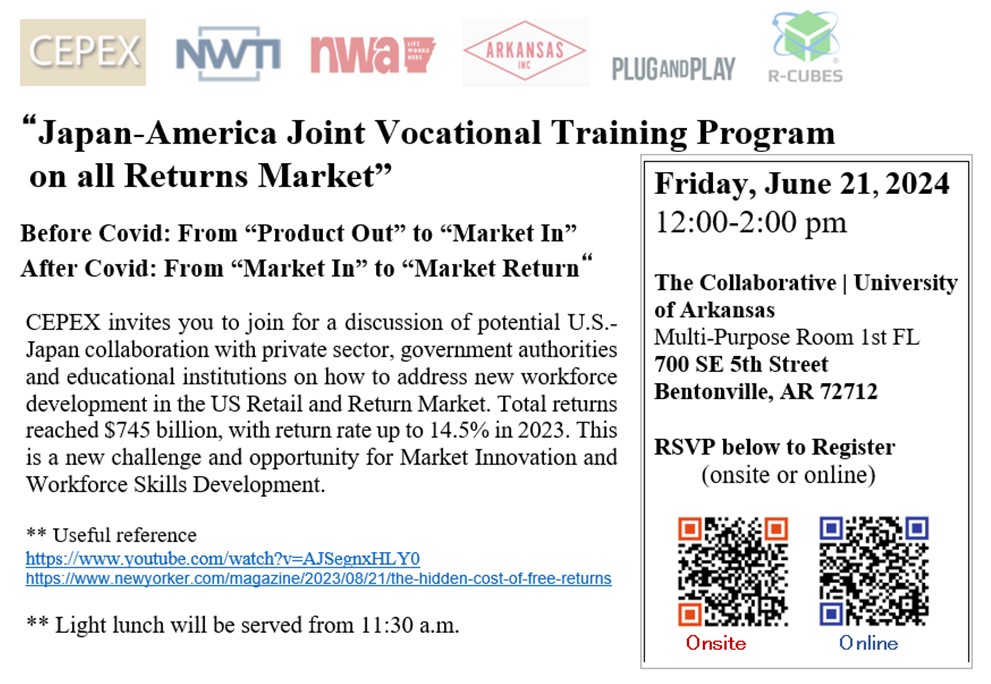
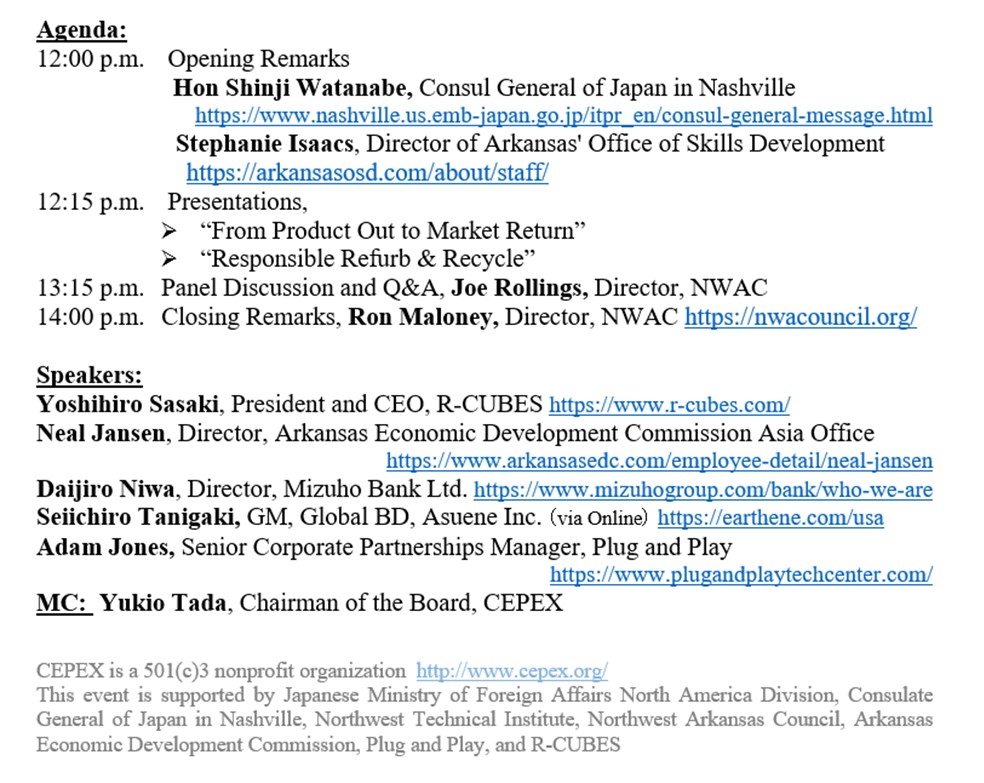
CEPEX launched the brand new vocational training project with Northwest Technical Institute (NWTI), Springdale, Arkansas on April 8, 2024. This initiative has supported by Japan Foundation in New York under the Japan – U.S. Global Partnerships Small Grant.
The kick-off seminar titled “ Japan -America Joint Vocational Training Program for all Returns Market” began with Opening Remarks by President of NWTI, Mr. Jim Rollings, followed by introductory presentations by our Chairman of the Board, Mr. Yukio Tada on “From Market in to Market Return”. The key note presentation was made by Mr. Yoshihiro Sasaki, CEPEX Ohio Representative, concurrently President & CEO of R-CUBES, Groveport, Ohio on “New Responsible Recycle and Reverse Logistics”.
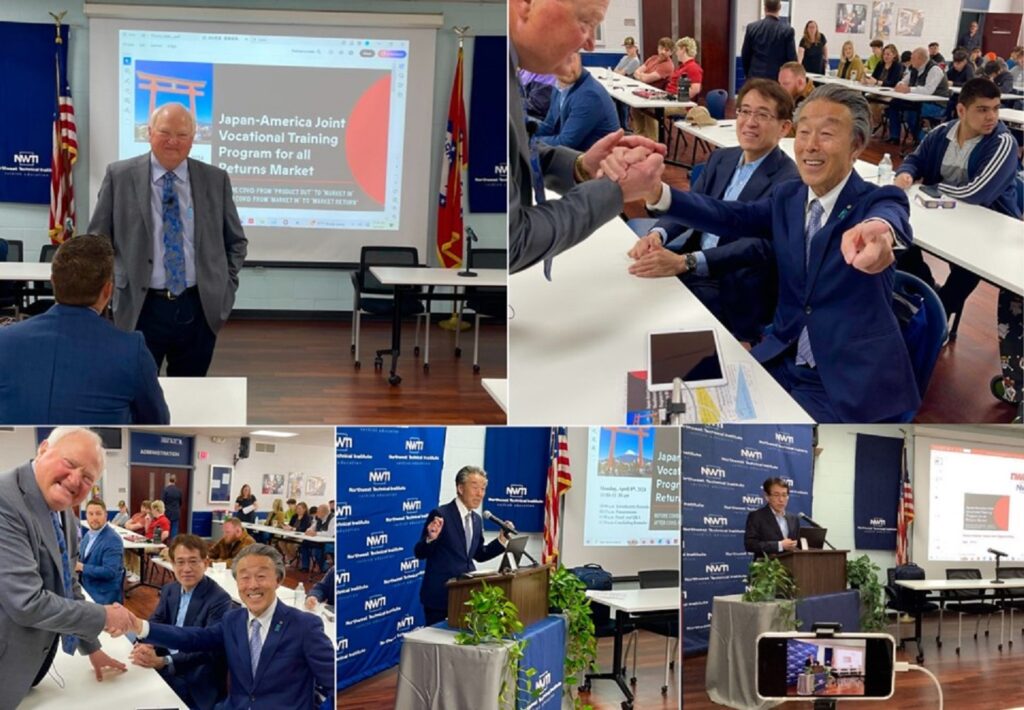
This initiative has promoted for collaboration with private sector, government authorities and educational institutions, on how to address workforce needs for rapidly growing return market issues in the post COVID-19 era. The supplemental presentation were made by two video messages from Mr. Seiichiro Tanigaki, General Manager, Asuene Inc and from Ms. Nim Chen, Director of Return Center of R-CUBES.
Panel Discussion was made by MC Mr. Joe Rollings, Director, Northwest Arkansas Council (NWAC), with Concluding Remarks by Ron Maloney, Director, NWAC
Before the kick-off seminar, CEPEX organized a series of advisory conference and Workshop with NWTI and NWAC at Fayetteville, AR.
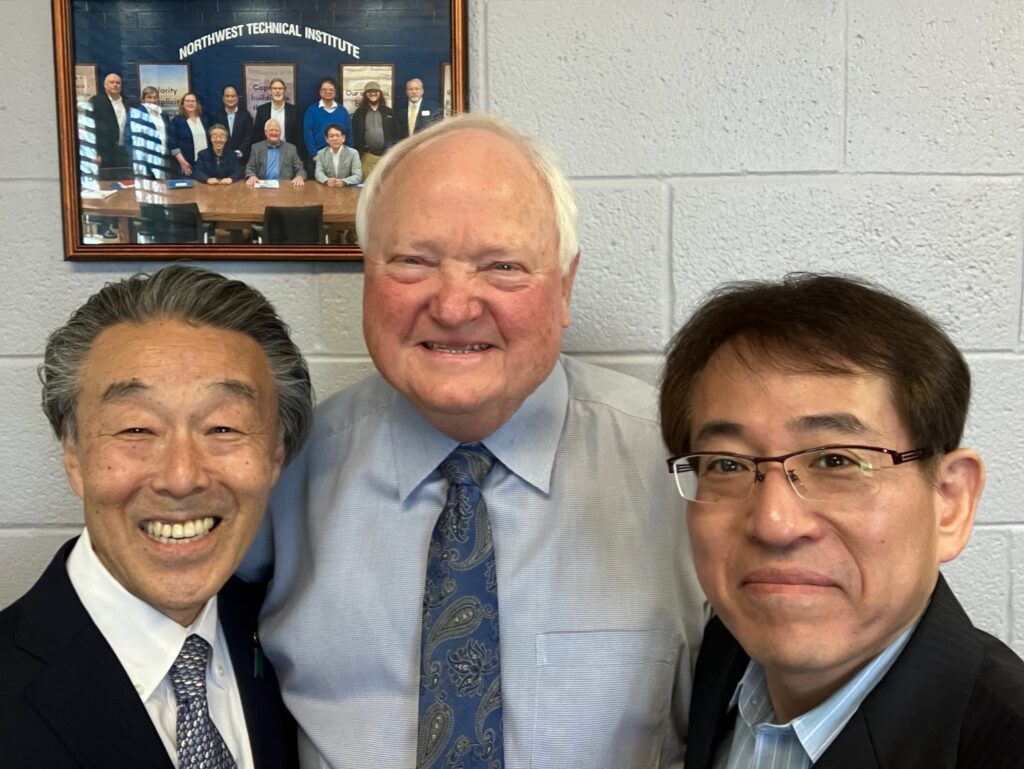
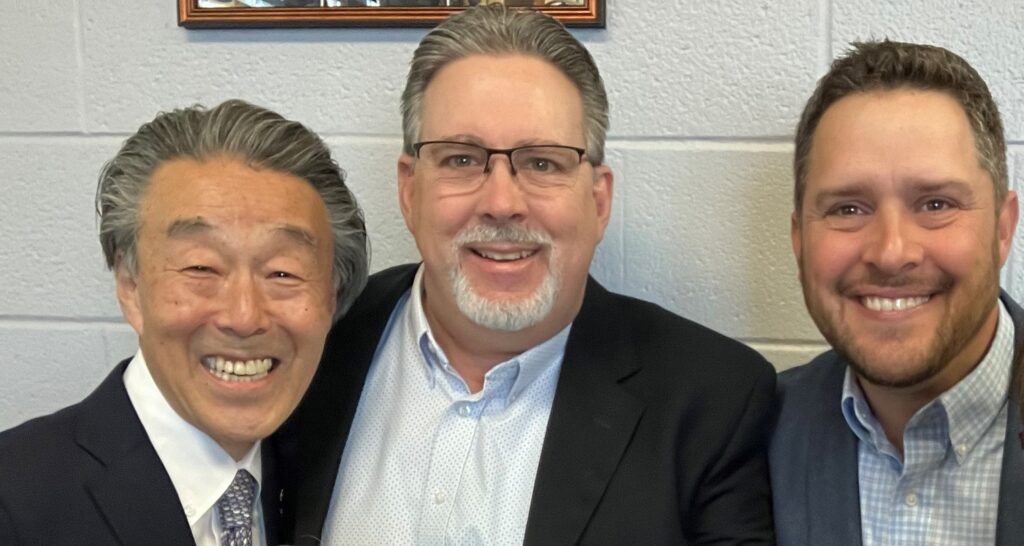
Also CEPEX organized a follow-up workshop with Arkansas Economic Development Commission (AEDC), and Office of Skills Development (OSD) at Arkansas State Government in Little Rock, AR. Mr. Clint O’Neal, Executive Director of AEDC welcomed our joint program proposal for the next step.
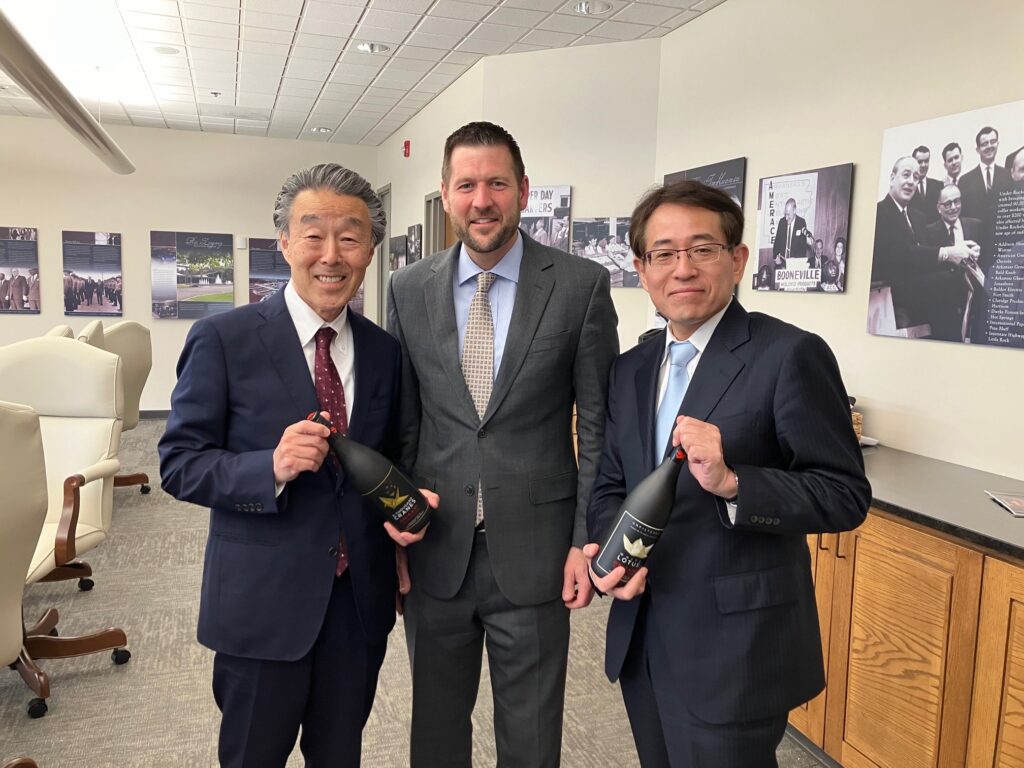
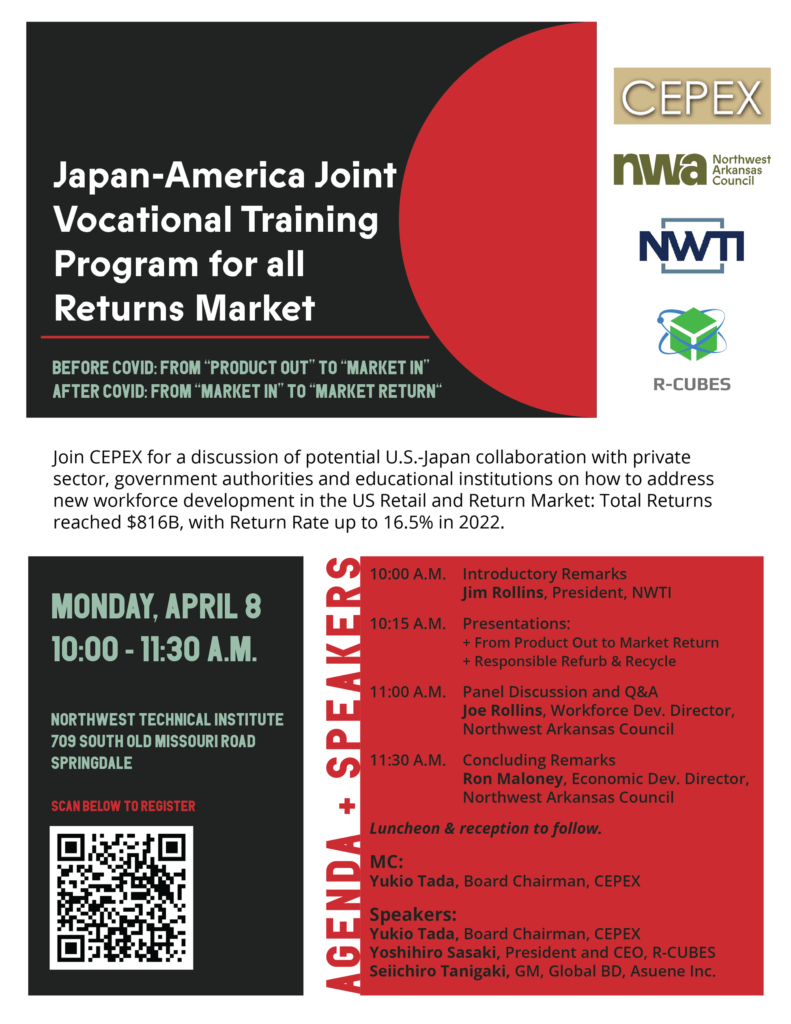
This event is supported by Japan Foundation in New York
本件は国際交流基金 NYのグローバルパートナーシップ助成事業です
Established in 2005 in Washington, DC, the Center for Professional Exchange (CEPEX) is a non-profit (501c3) organization, that provides support and collaboration at the professional level between the US and Japan. Recently CEPEX has been exploring a new initiative in the post/with-COVID-19 era. Yukio Tada, Chairman of the Board of CEPEX, visited 6 states on a fact finding and feasibility study tour for a new program.
In autumn 2018 CEPEX launched a seminar series on U.S. workforce development called “Japanese Innovation and Experiences Implementing New Technology in the U.S./From ‘Product Out’ to ‘Market In’”. This initiative was supported by the Japanese Ministry of Foreign Affairs (MOFA) under their U.S.-Japan grassroots program. The main concept was how to nurture next-generation workforce development in the 2020s that was beyond “Just in time (Kanban) & Kaizen” ~ vocational training associated with the transfer and expansion of the Japanese auto and auto-parts industry of the 1980s.
CEPEX organized six seminars in the Midwest and Southeast region including Fort Wayne, Indiana; Chicago, Illinois; Dublin, Ohio; Fayetteville, Arkansas; plus, Memphis and Clarksville, Tennessee. The initiative was expanded to two seminars in Oregon and a seminar in Jacksonville, Mississippi, however they were unfortunately cancelled due to COVID-19.
Today, our society faces a new challenge, as we move from ‘Market In’ to ‘Market Return’. During the COVID-19 lockdown many people were stuck at home and began to buy items online. Increased online sales and deliveries led to more items returned. The total value of returned goods in U.S. retail market dramatically grew from $309 billion in 2019 to $816 billion in 2022 with a return ratio of 16.5% per year. In 2021 the return market size overtook North American automobile industries and is becoming a huge social problem.
In addition to the organization’s existing exchange support program, CEPEX has been seeking new opportunities to promote collaboration with the private sector, government authorities, non-profit organizations and educational institutions, on how to address workforce development issues and the 21st Century workplace. Following Mr. Tada’s fact finding and feasibility study tour, CEPEX would like to create a new initiative “Japan-America Joint Vocational Training Program on all Returns Market. (Responsible Refurbish, Reuse, Recycle and Reduce)”. More details will follow.
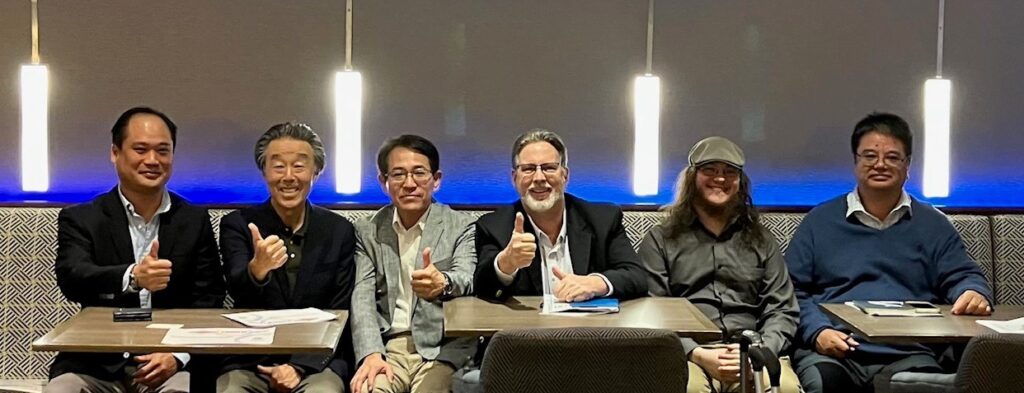
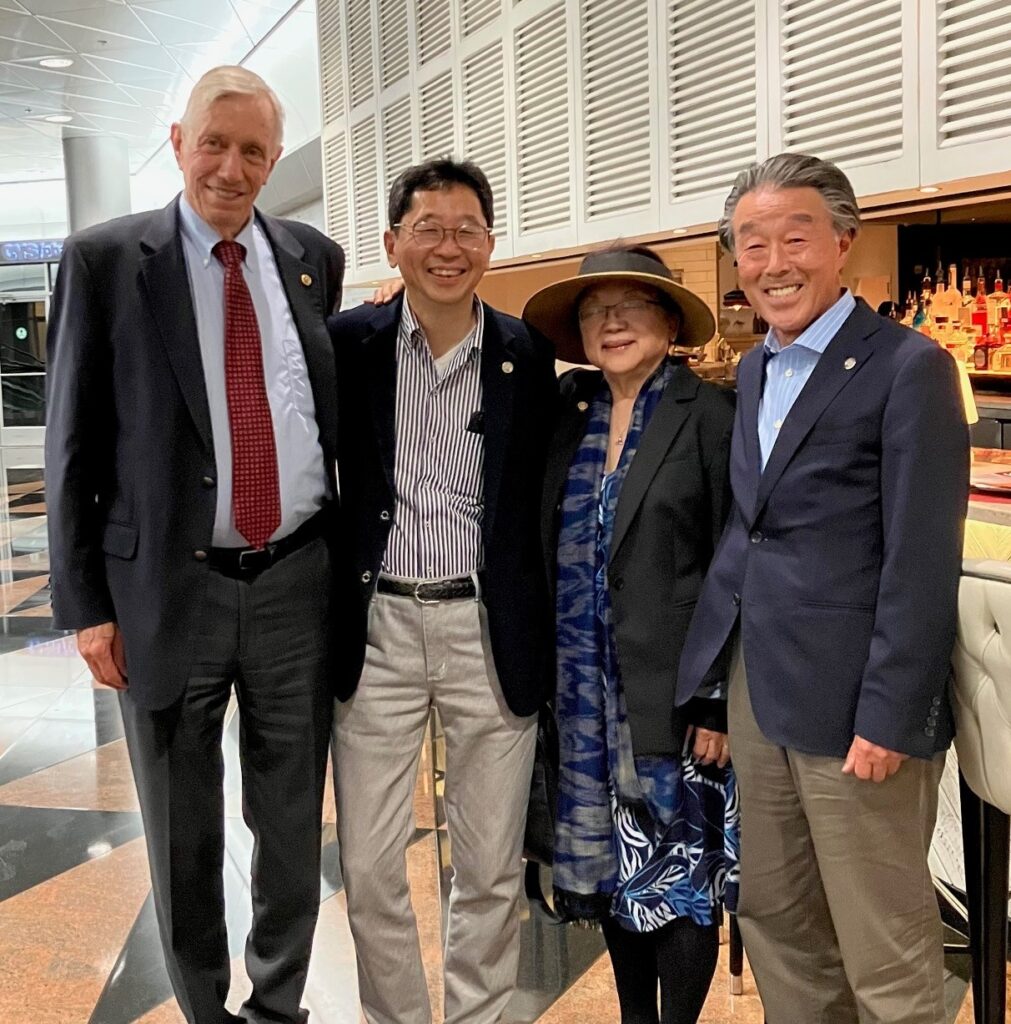
Top: With Yoshihiro Sasaki, CEPEX OH Representative in Arkansas
Bottom: With Yasushi Sunouchi, CEPEX Special Advisor in Washington, DC
開催報告:講義「国際関係概論」にて、米国非課税NPO法人CEPEX(Center for Professional Exchange)理事長の多田幸雄先生にご登壇いただきました。
長崎大学経済学部では、文部科学省に採択されたグローバル人材育成事業の一環として始めた、「国際関係概論」という1年生向けの授業を開講しています。グローバル社会で活躍するには何が必要なのか。政府機関、民間企業、NGO等、国際舞台の第一線でご活躍の方々にご登壇いただいています。
今年度の最終回となる7月28日(金)には、米国NPO法人CEPEX理事長の多田幸雄先生(経済学部客員教授、元双日ワシントン支店長)にご登壇いただきました。国内外を問わず、そしてビジネスや政治行政などの垣根を越えて、第一線でご活躍されてきたご経験を踏まえた授業内容で、今後の長い人生で何をしたいのかを考え、実現してほしい、と受講生を激励されました。さらには、生成系AIを授業内で実際に使用しつつ、その有用性と注意点などを紹介するとともに、今後の社会の変化や受講生の生き方への指針を示唆して下さいました。また、九州大学ビジネススクールの野崎氏にも登壇いただき、女性公務員としてのご経歴を踏まえて、お話いただきました。授業後には、1対1で話を聞きたい受講生による長い質問の列ができました。本授業は、新入生に今後を考える機会を提供することを目的とするものですが、その最後を締めくくる、非常に有意義な授業となりました。
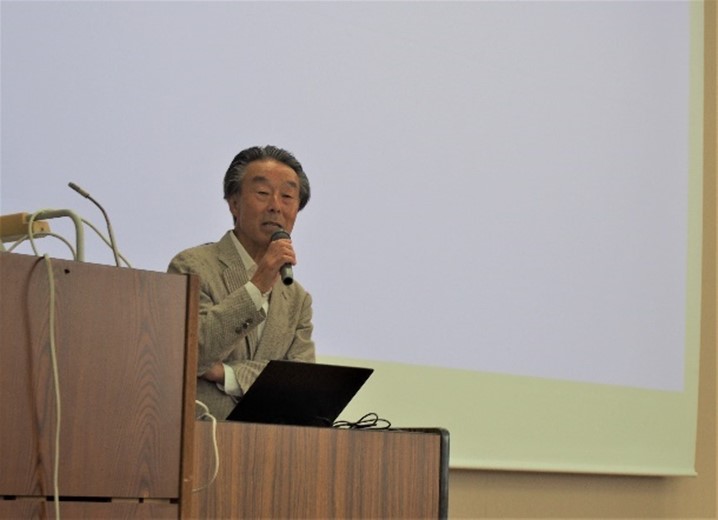
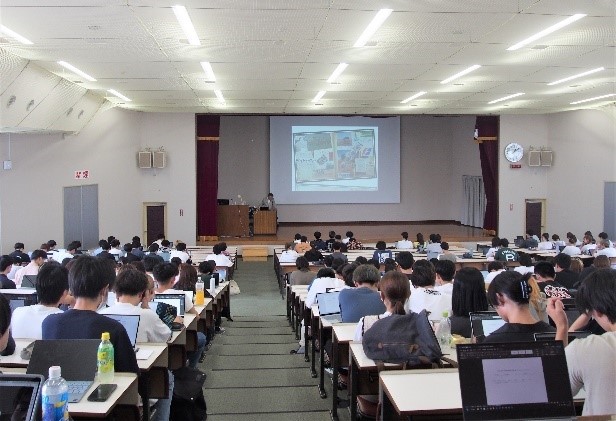
The Faculty of Economics offers a class called “Introduction to International Relations” as part of the global human resource development project adopted by the Ministry of Education, Culture, Sports, Science and Technology. The class brings in people involved in international arena, such as government agencies, private companies, and NGOs as guest speakers.
May 26, 2023, Ms. Shuta Lorina, former staff of the Japanese Embassy in Ukraine, and Mr. Yukio Tada, Visiting Professor of Nagasaki University; Chairman of the Board of US 501c3NPO CEPEX; and former General Manager of Sojitz Corporation of America’s Washington Branch, spoke to students in the campus auditorium. In addition, the discussion was opened to the public and three local TV and newspapers covered the event. https://www.ncctv.co.jp/news/115717.html
In the class, Ms. Lorina spoke about “A view from Ukraine: 15 months into the war.” She described various aspects of Ukraine’s history, culture, religion, and economy, and also explained the background and cruelty of the recent Russian invasion. Ms. Lorina was working at the Japanese Embassy in Ukraine at the time of the Russian invasion of Ukraine. In addition, Professor Tada explained the background and supplementary explanations of Ms. Lorina’s speech, and explained her views on the international situation.
By listening directly to Ms. Lorina, the students learned about the ongoing international situation and peace, and what it means to know other countries. It was a valuable learning opportunity.
We are deeply saddened by the shocking news of the assassination of former Prime Minister Shinzo Abe. Throughout his tenure as Japan’s longest-serving prime minister he strengthened the US-Japan bilateral relationship from the grassroots through the senior government level.
CEPEX fondly remembers the strong support from both Prime Minister Abe and his wife, Akie Abe, for the Japan Exchange and Teaching (JET) Program, JET alumni community, and the Japanese elementary school immersion program in Great Falls, VA.
As an organization dedicated to the promotion of US-Japan ties, we honor his memory and send sincere condolences to his family and the people of Japan.
Previous CEPEX posts featuring Prime Minister Abe can be viewed here: